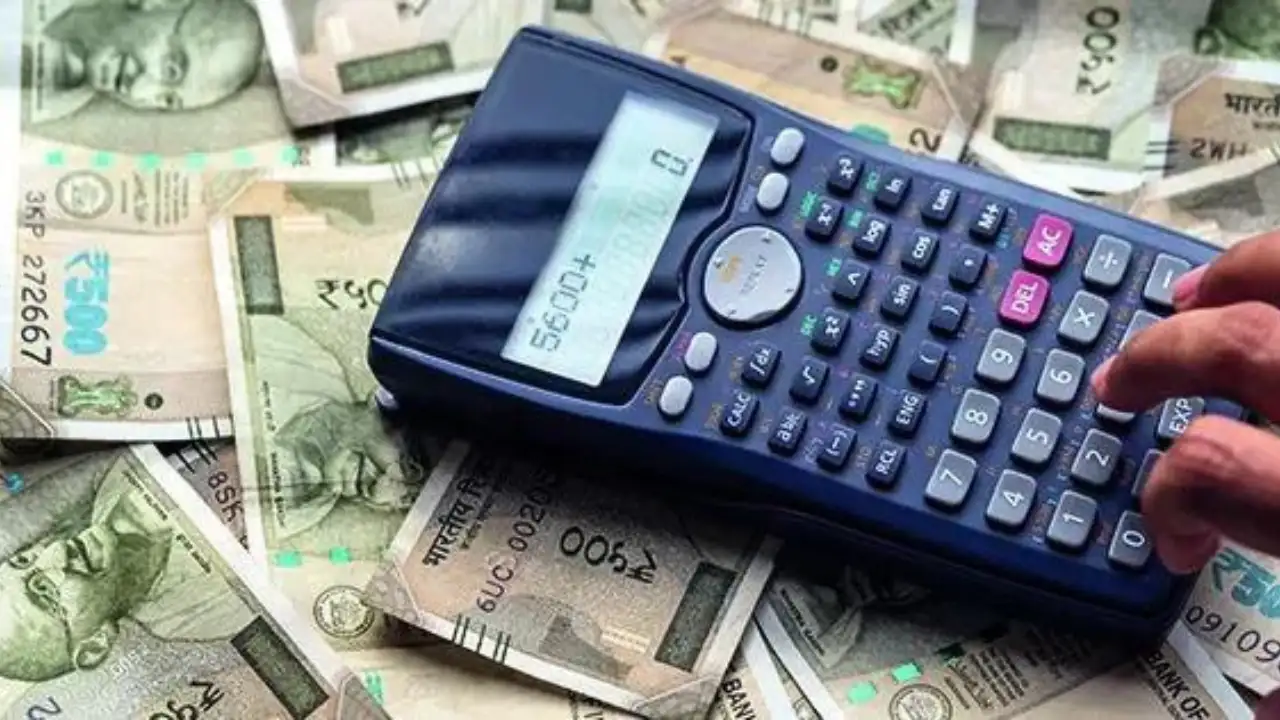UPI Transactions Reach Record Levels in May, Yet Cash Transactions Remain Strong

Even as India embraces a digital economy, the use of cash remains robust, highlighting a fascinating contradiction. In May, transactions via the Unified Payments Interface (UPI) reached an impressive 1.868 billion, totaling ₹25.1 lakh crore, a notable increase from April’s figures. Despite this surge in digital transactions, the amount of cash in circulation has also hit a record high, with ₹36.86 lakh crore in circulation by the end of March. This trend raises questions about the coexistence of cash and digital payments in the country.
Record UPI Transactions Amidst Cash Dominance
The Unified Payments Interface has seen remarkable growth, with daily transactions averaging 60 crore. In May alone, UPI transactions soared to 1.868 billion, reflecting a significant increase in digital payment adoption. This growth is indicative of India’s shift towards a more digitized economy, where consumers increasingly prefer cashless transactions for convenience and efficiency. However, this digital advancement contrasts sharply with the continued popularity of cash. As of March, the total currency in circulation reached an all-time high, with the ₹500 note emerging as the most prevalent form of cash. It constitutes 41% of all banknotes by volume and an astonishing 86% of the total cash value in circulation.
Government Initiatives to Promote Digital Payments
In response to the growing trend of cash usage, Finance Minister Nirmala Sitharaman has reiterated the government’s commitment to promoting smaller denominations and digital transactions. She emphasized the need for currency in lower denominations to be more widely used. In a bid to facilitate this transition, the Reserve Bank of India (RBI) has mandated that by September 30, 2025, at least 75% of ATMs must dispense ₹100 or ₹200 notes, with this requirement increasing to 90% by March 2026. These measures aim to reduce reliance on high-value notes and enhance the ease of everyday transactions for consumers.
Behavioral Factors Behind Cash Resurgence
Interestingly, the resurgence of cash is not primarily driven by transactional needs. Bankers attribute this phenomenon to precautionary hoarding, a behavior that has emerged in the wake of the COVID-19 pandemic. A study conducted by the RBI supports this notion, linking increased cash usage to perceived economic insecurity. The study utilized satellite imagery of nighttime illumination as a proxy for economic activity, revealing that regions with brighter lights—indicative of higher GDP and tax collection—tend to have lower currency usage. This suggests that as formal economic activity rises, the demand for cash decreases. The recent increase in cash circulation may reflect a lingering preference for liquidity during uncertain times.
Future Outlook on Cash and Digital Payments
The RBI has successfully withdrawn most ₹2000 banknotes from circulation without causing disruptions, indicating a shift in the cash landscape. Recent statements from both the finance minister and the RBI suggest that further measures to reduce the prevalence of ₹500 banknotes may be forthcoming. This potential shift could further reshape the dynamics between cash and digital payments in India. Despite the availability of digital payment options, cash, particularly in larger denominations, continues to play a significant role in the economy, underscoring the complexities of transitioning to a fully digital financial ecosystem.
Observer Voice is the one stop site for National, International news, Sports, Editor’s Choice, Art/culture contents, Quotes and much more. We also cover historical contents. Historical contents includes World History, Indian History, and what happened today. The website also covers Entertainment across the India and World.
Follow Us on Twitter, Instagram, Facebook, & LinkedIn

